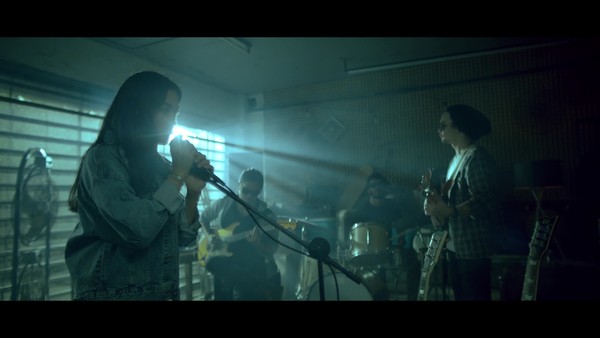Spikes Asia
Family
GIGIL, Taguig / RC COLA / 2023
Awards:
Overview
Entries
Credits
OVERVIEW
Description
Softdrinks are integral to Filipino life--from Sunday family lunches, to gatherings during national holidays--and competition among at least 12 softdrink brands in the Philippines is fierce.
But the truth is, it’s barely a competition.
Introduced in the Philippines in 1912 when it was still an American colony, the country has been so Coca-Colonized that no celebration would be complete without it. Across the 7,641 Philippine islands, Coca-Cola has become the generic name for soda. You don’t go to your neighborhood convenience store and ask for “softdrink.” You ask for a “Coke.”
-
Owning only 10% of the market, RC Cola played the price game to stay competitive. And it worked: 41% of people who had previously bought RC Cola did so because it was the cheapest option available. But in 2018, the Philippine government introduced a sugar tax to reduce consumption of sugary drinks and promote health, increasing the cost of sodas by 21%.
The category shrunk by 9.5%.
RC Cola, once the cheapest soda in the market, was suddenly at price parity with Coca-Cola. With no price advantage to bank on, and no positive associations in the minds of drinkers, RC Cola’s sales plummeted by 7%. It needed to build an emotional connection with Filipinos…or die.
-
In early 2019, RC Cola launched a marketing campaign featuring a celebrity to help build a connection with Filipinos. Despite this, by last quarter, sales continued to fizzle out by 17%.
As if things weren’t bad enough, the global pandemic hit.
With life on the line, not many celebrations were had, limiting occasions for drinking soda.
Those who had no income during the lockdown waited for government assistance to be able to afford even the most basic of necessities. And those who had savings only dipped in for essentials and vitamins, to boost health and protect them against the virus.
By October 2020, monthly sales had declined further by 14%.
RC Cola had relied on its price advantage for so long that it didn’t exert effort to establish an identity. It needed to start from scratch.
-
While 54% of the market’s Coca-Cola drinkers were Millennials, RC Cola decided to future-proof by focusing on Gen. Z instead.
Making up 40% of the Philippine population, members of Gen. Z were different from Millennials.
They weren’t trying to live a picture-perfect life. Their socials weren’t curated. They were real and unfiltered.
Their shares weren’t thematic. They were random and pointless.
They weren’t driven by usual influencers, but by those who were brave enough to do something new and different.
And they rebelled against social pressures, by developing their own counterculture of “anything goes,” or "Whatever."
-
With "Family," RC Cola created a film that embodied the zeitgeist of “Whatever."
Doing so, RC Cola reversed the sales decline caused by government’s sugar tax, increased sales of RC Cola Mega by 67%, and raised positive sentiment about the brand by 25% during a pandemic...when Filipinos had no reason to be drinking a celebratory soda.
Similar Campaigns
6 items


